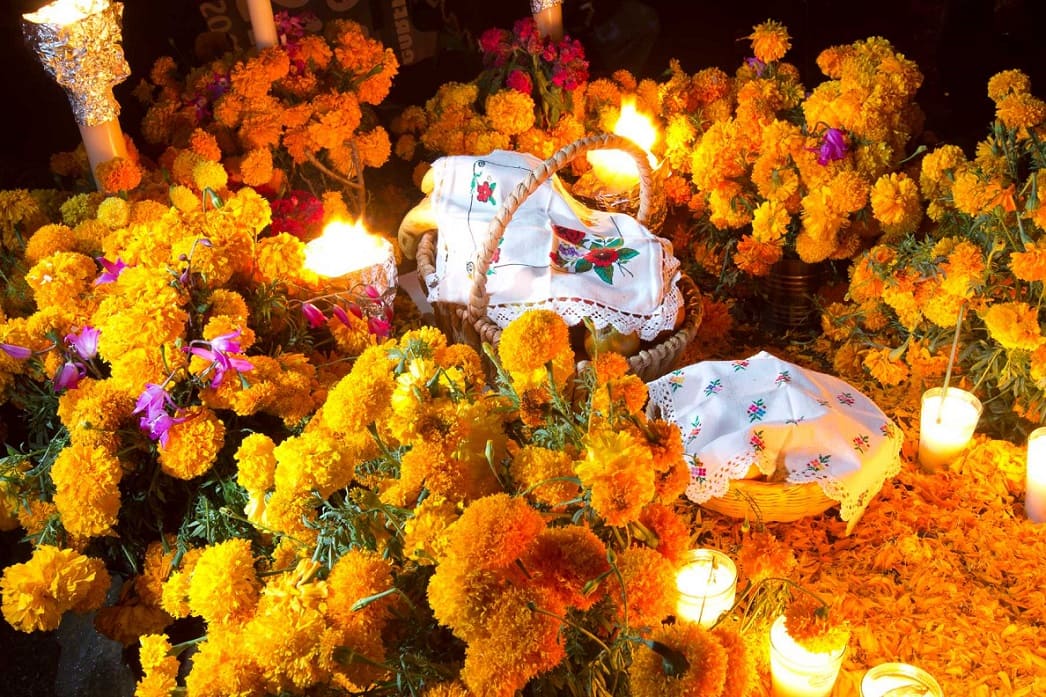When I first walked into my neighbor Elena’s home during Día de los Muertos preparations, the overwhelming fragrance of marigolds stopped me in my tracks. The entire living room had been transformed into a vibrant altar, with thousands of orange and yellow petals creating pathways between photographs of her grandparents.
“The flowers aren’t just decoration,” she explained, carefully arranging another handful of cempasúchil. “They’re the bridge that brings our families back home.”
That moment changed how I understood the profound role flowers play in Day of the Dead celebrations. These aren’t just pretty blooms chosen for their colors—each flower carries centuries of meaning, tradition, and the power to connect the living with those who have passed.
Understanding the Sacred Timing of Día de los Muertos
Day of the Dead unfolds over two distinct days, each with its own significance. November 1st, known as Día de los Angelitos or Día de los Inocentes, welcomes back the spirits of children who have passed away.
The atmosphere on this day tends to be especially tender, with white flowers like baby’s breath and hoary stock taking prominence alongside gentler decorations.
November 2nd, Día de los Difuntos, honors adult spirits returning home. This day typically features more robust celebrations with bold marigolds, vibrant cockscombs, and heartier foods. The tradition holds that at midnight on October 31st, the gates of heaven open to allow children’s souls to return first, followed by adults the next day.
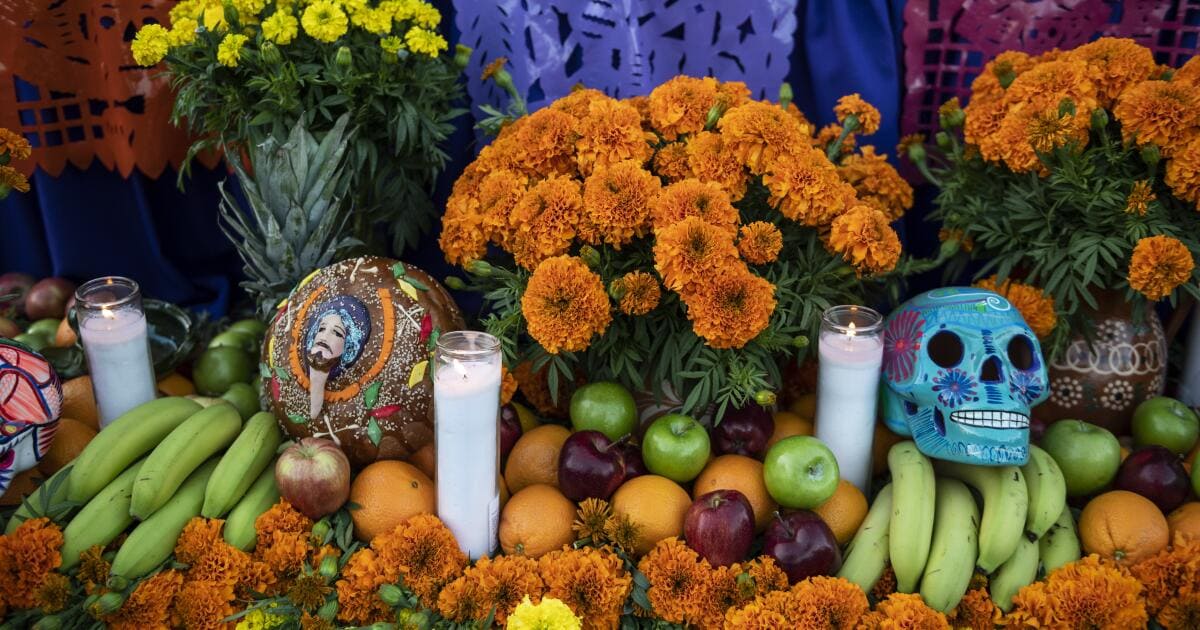
This celebration traces back over 3,000 years to indigenous Aztec traditions honoring Mictecacihuatl, the goddess of death who watched over the bones of the deceased. The Aztecs believed these bones were sources of life in the afterworld, which explains why death in Mexican culture represents continuation rather than ending.
When Spanish colonizers arrived, these ancient rituals beautifully blended with Catholic observances of All Saints’ Day and All Souls’ Day, creating the rich cultural tapestry we know today.
The Ancient Wisdom Behind Flower Offerings
Long before Europeans arrived in the Americas, indigenous peoples understood something profound about flowers and death. The Aztecs didn’t just use flowers for their beauty—they recognized that the ephemeral nature of blooms perfectly mirrored the temporary nature of human life, while their seeds promised renewal and continuation.
Archaeological evidence shows that Aztec priests used specific flowers in elaborate ceremonies designed to help souls navigate the challenging nine-level journey through Chicunamictlán, the underworld, to reach their final resting place in Mictlán.
The flowers weren’t mere decoration but essential spiritual tools, much like the compasses and maps we might use for earthly journeys.
This understanding explains why modern Day of the Dead celebrations emphasize flowers so heavily. Their vibrant colors and intense fragrances are believed to create sensory highways that spirits can follow back to the living world. The temporary nature of flowers also serves as a gentle reminder to cherish our time with loved ones while we can.
The Essential Flowers: Understanding Their Sacred Messages
Marigolds: The Golden Messengers
No flower speaks the language of Día de los Muertos more fluently than the marigold, known in Mexico as cempasúchil. The name comes from the Nahuatl word “cempoalxochitl,” which translates to “twenty flowers” or “flower of four hundred petals”—a poetic reference to their dense, layered blooms.
The Aztec marigold (Tagetes erecta) stands apart from common garden varieties with its intense fragrance and larger blooms. Traditional beliefs hold that this powerful scent can travel between worlds, creating olfactory pathways for returning spirits.
The bright orange and yellow colors represent the sun’s energy, believed to provide spiritual light for souls making their journey home.
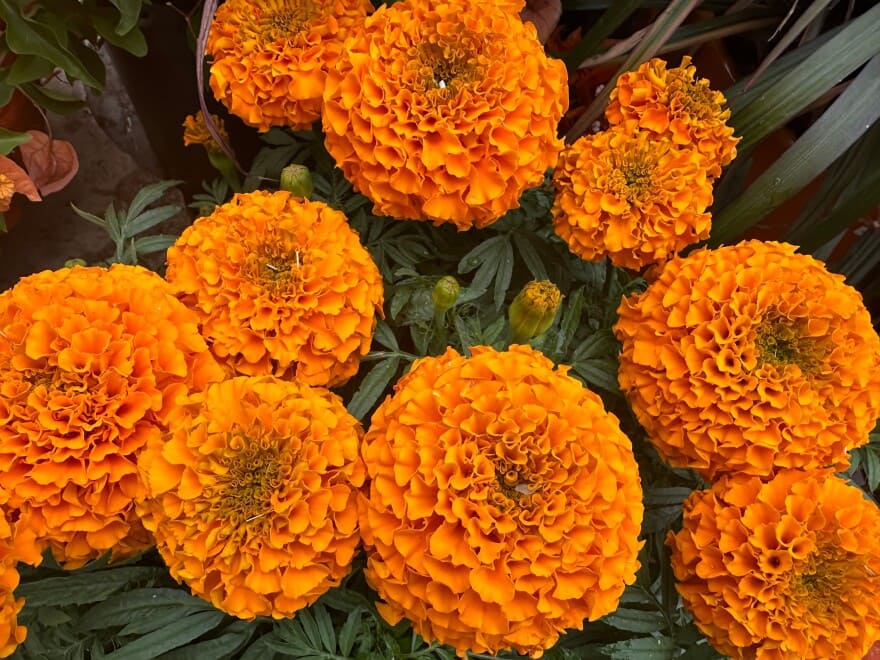
Beyond their spiritual significance, marigolds offer practical advantages for modern celebrants. They’re relatively inexpensive, widely available, and remarkably hardy—important considerations when decorating large altars or multiple gravesites.
Their petals also separate easily, making them perfect for creating the traditional pathways from doors to altars.
👉 Find out Why Marigolds Are the Ultimate Companion Plant for Your Garden
Chrysanthemums: Autumn’s Promise of Eternity
White chrysanthemums bring Spanish heritage into Mexican Day of the Dead traditions. These fall-blooming flowers represent the perfect timing of the celebration, as they naturally reach peak beauty just as November arrives.
Their ability to bloom even as temperatures drop symbolizes the eternal nature of love and memory—themes central to Day of the Dead philosophy.
The chrysanthemum’s role in Day of the Dead celebrations reflects the beautiful cultural fusion that defines modern Mexico. While indigenous traditions provided the spiritual foundation, Spanish influences added layers of meaning that enriched rather than replaced original customs.
Today, white chrysanthemums often appear alongside marigolds, creating stunning color contrasts that represent this cultural blending.

👉 Here’s How to Grow and Care for Pot Mums: A Comprehensive Guide
Cockscomb: The Healing Flower of Remembrance
The velvety, brain-like appearance of cockscomb flowers (Celosia cristata) makes them immediately recognizable on any altar. Known in Mexico as terciopelo rojo or cresta de gallo, these blooms offer something marigolds cannot: longevity.

A well-cared-for cockscomb arrangement can last up to eight weeks, making them practical choices for extended celebrations.
Beyond their staying power, cockscombs carry deep symbolic meaning. Their deep red color represents both the indigenous concept of life force and the Catholic symbol of Christ’s sacrifice. This dual symbolism perfectly embodies how Day of the Dead successfully merged two distinct spiritual traditions into something entirely new and beautiful.
Traditional Mexican medicine also attributed healing properties to cockscomb, making them appropriate flowers for a celebration that views death as a healing transition rather than a final ending.
Extended Flower Options for Your Ofrenda
Beyond the three essential traditional flowers, families today can choose from an expanded palette that honors both authentic traditions and personal connections. These flowers appear in various regional celebrations and modern adaptations of Day of the Dead.
Primary Supporting Flowers
- Baby’s Breath (Nube)
These cloud-like clusters of tiny white flowers earned their Spanish name “nube” for obvious reasons. Their ethereal appearance suits the spiritual nature of the celebration, while their pure white color makes them traditional choices for honoring children who have passed away.
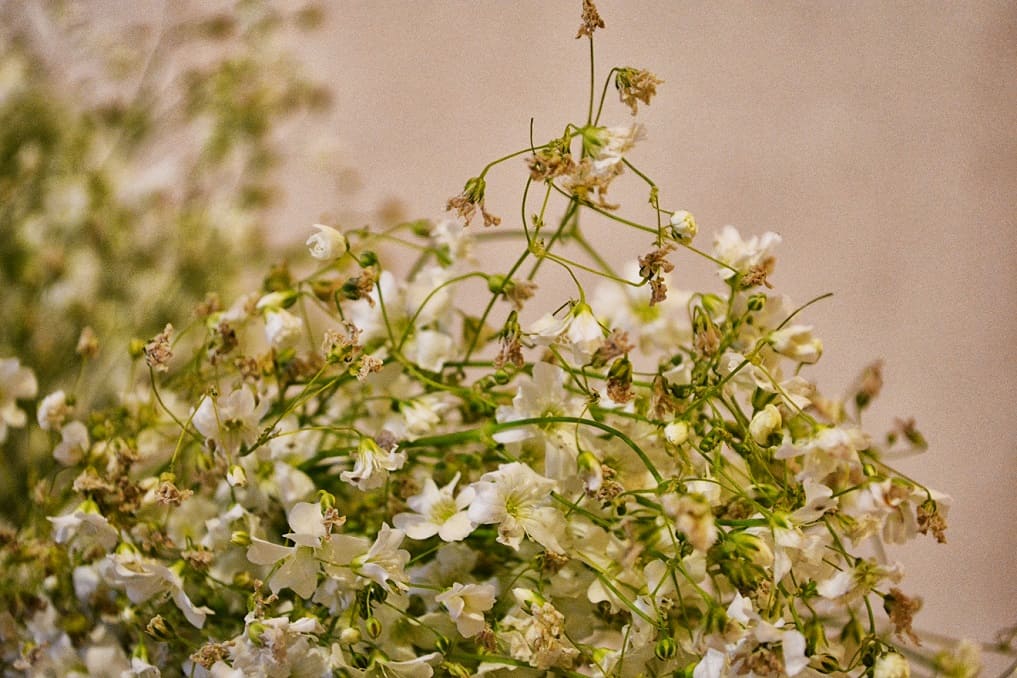
Baby’s breath provides visual relief from bold marigolds while adding delicate texture to arrangements.
- Gladiolas
These sword-like flowers command attention with their dramatic height and showy blooms. Gladiolas represent faithfulness and remembrance—perfect themes for maintaining connections with deceased loved ones.
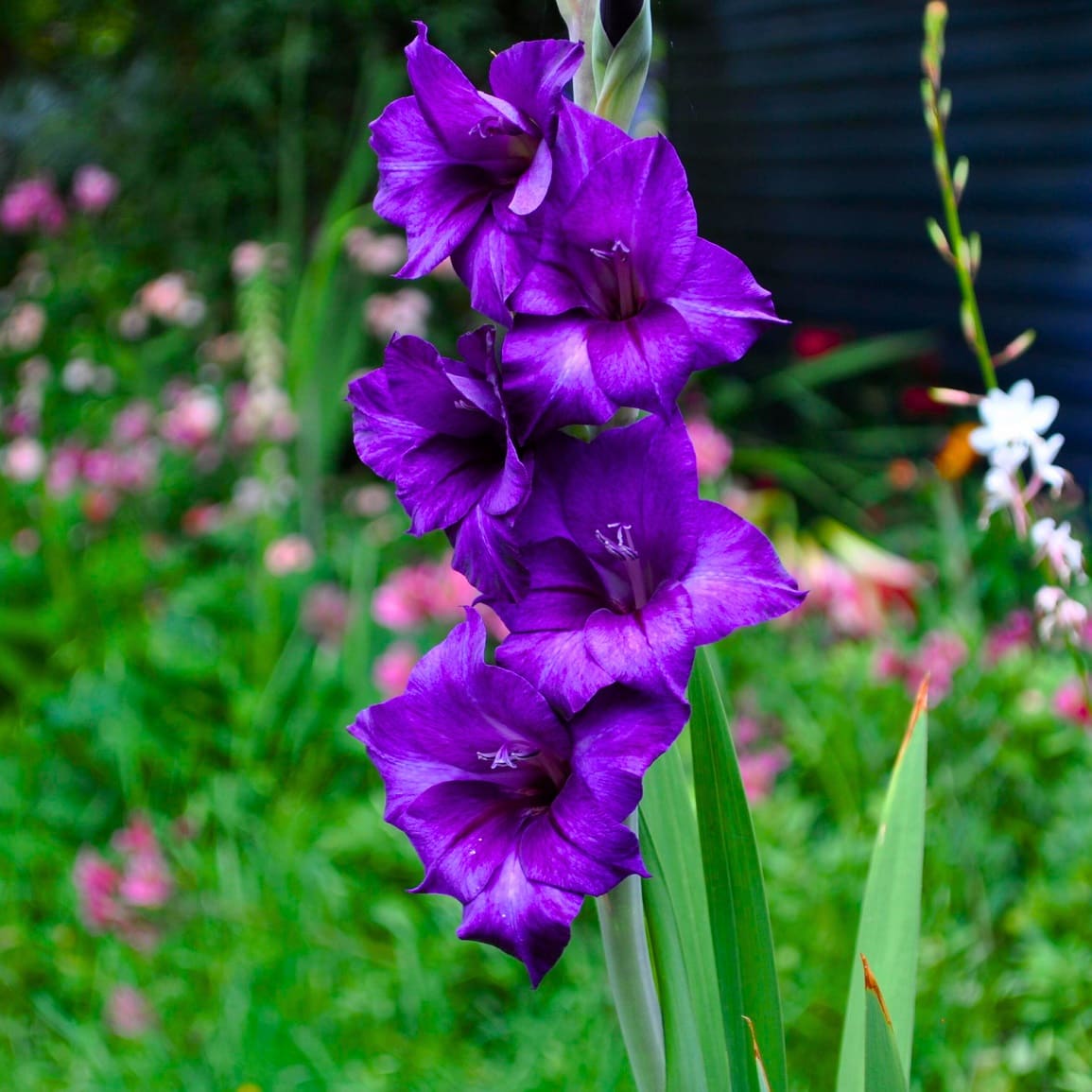
Their impressive vertical presence creates focal points in arrangements, while their long-lasting nature ensures beauty throughout the celebration.
- Carnations (Claveles)
Known as “flowers of God,” carnations offer both fragrance and color flexibility. White varieties honor children’s innocence, red celebrates passionate relationships, and pink expresses gratitude for shared time. Their widespread availability and affordability make them accessible choices for families creating meaningful displays.
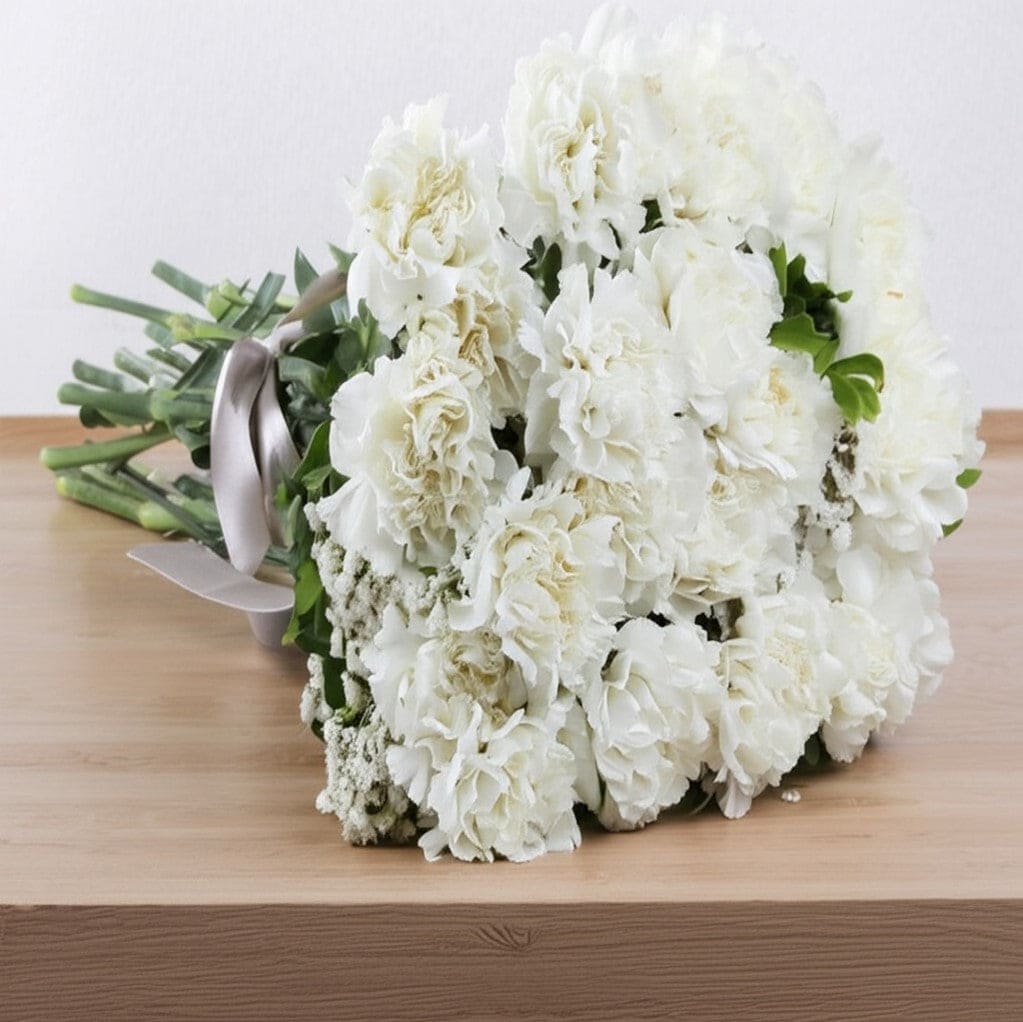
- Hoary Stock (Alhelí Blanco)
These tall, fragrant flowers hold special significance for families grieving young lives lost too soon. They symbolize innocence and beauty in simplicity, while their sweet scent provides gentle contrast to marigolds’ intensity, creating complex aromatic experiences on children’s altars.
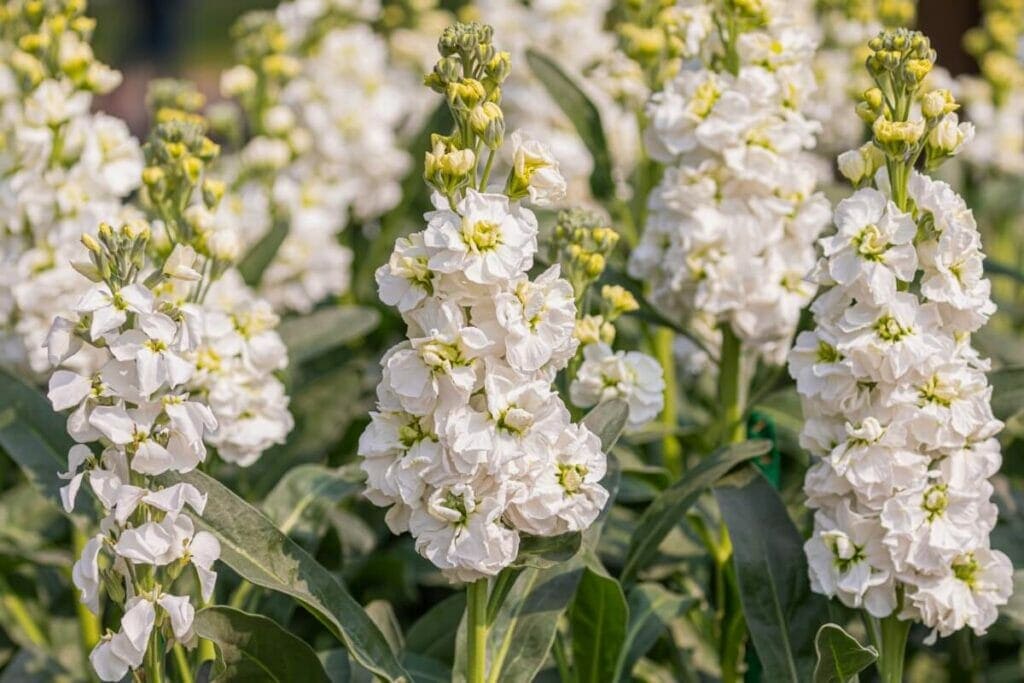
Regional and Cultural Variations
- Sunflowers
In Ecuador and northern Mexico, sunflowers often replace or complement marigolds. These golden giants share marigolds’ solar symbolism while representing loyalty, devotion, and the soul’s journey toward enlightenment. Their distinctive habit of following the sun makes them symbols of spiritual seeking, perfect for creating dramatic focal points.

- White Roses
While not traditionally indigenous to Day of the Dead, roses have earned their place on modern ofrendas. White roses represent purity, strength, and spiritual harmony, while their universal symbolism transcends cultural boundaries. This makes them valuable for families blending traditions or new to Day of the Dead practices.
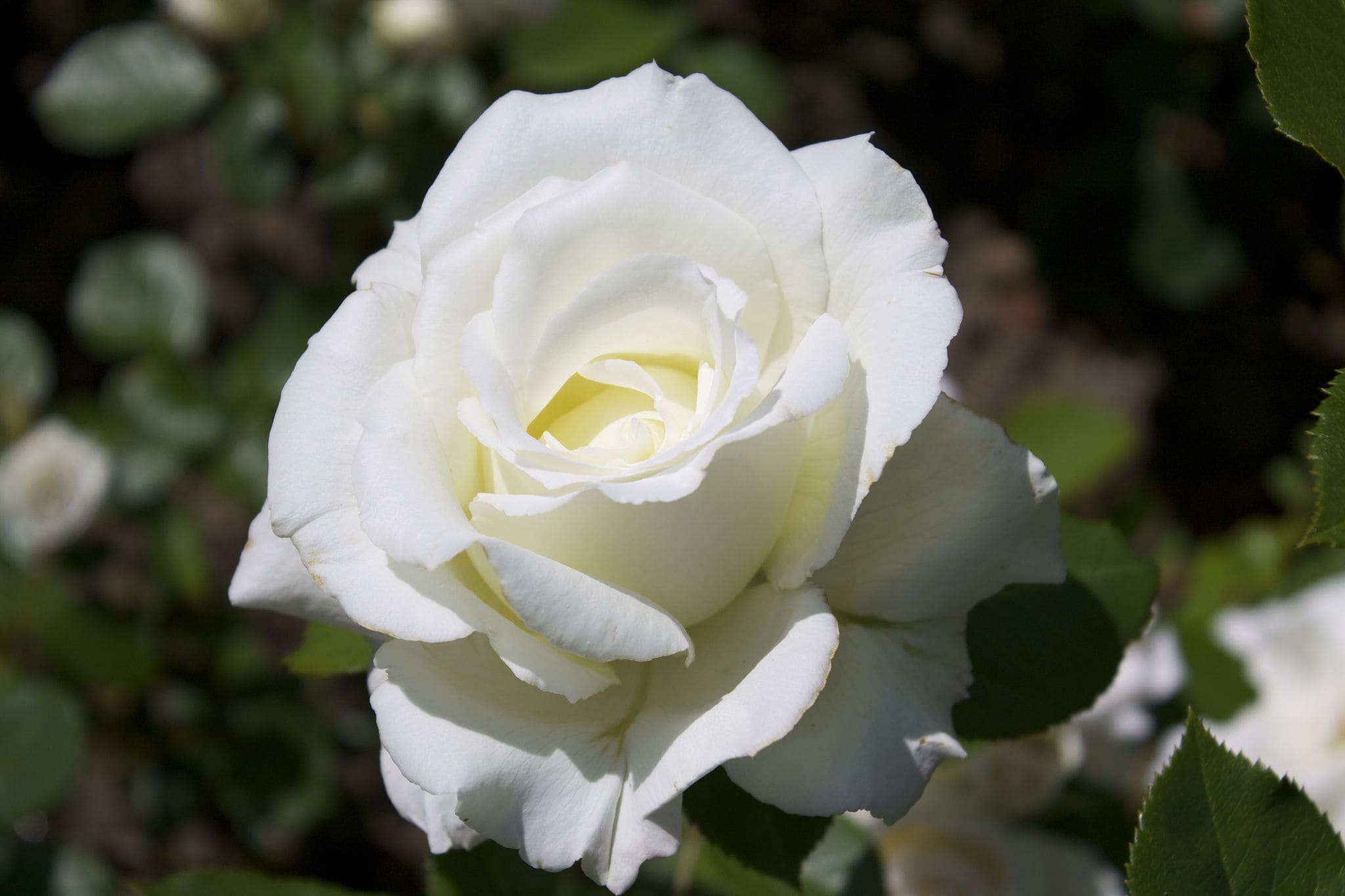
👉 Here’s How to Prune Roses: A Simple Guide for Stunning Results
- Lilies
Various lily species bring layers of meaning to celebrations. White lilies symbolize the soul’s return to innocence, while their trumpet-shaped blooms announce returning spirits. Calla lilies (alcatraz) hold special significance for their sculptural beauty, representing the soul’s emergence from earthly concerns into spiritual clarity.
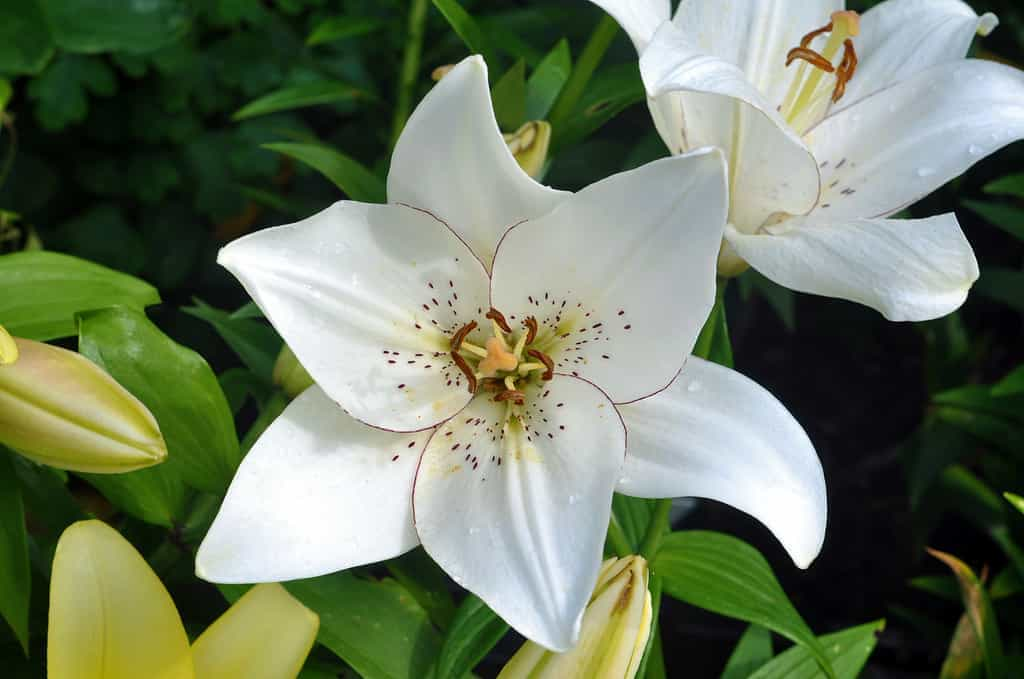
👉 Here’s How and Why to Deadhead Daylilies for Boosting Blooms
- Daisies
The humble daisy’s white petals surrounding a golden center represent innocence, purity, and simple life joys. In Mexican tradition, daisies often appear on children’s altars, where their cheerful appearance honors young spirits. Their common availability makes them accessible to families with limited resources.
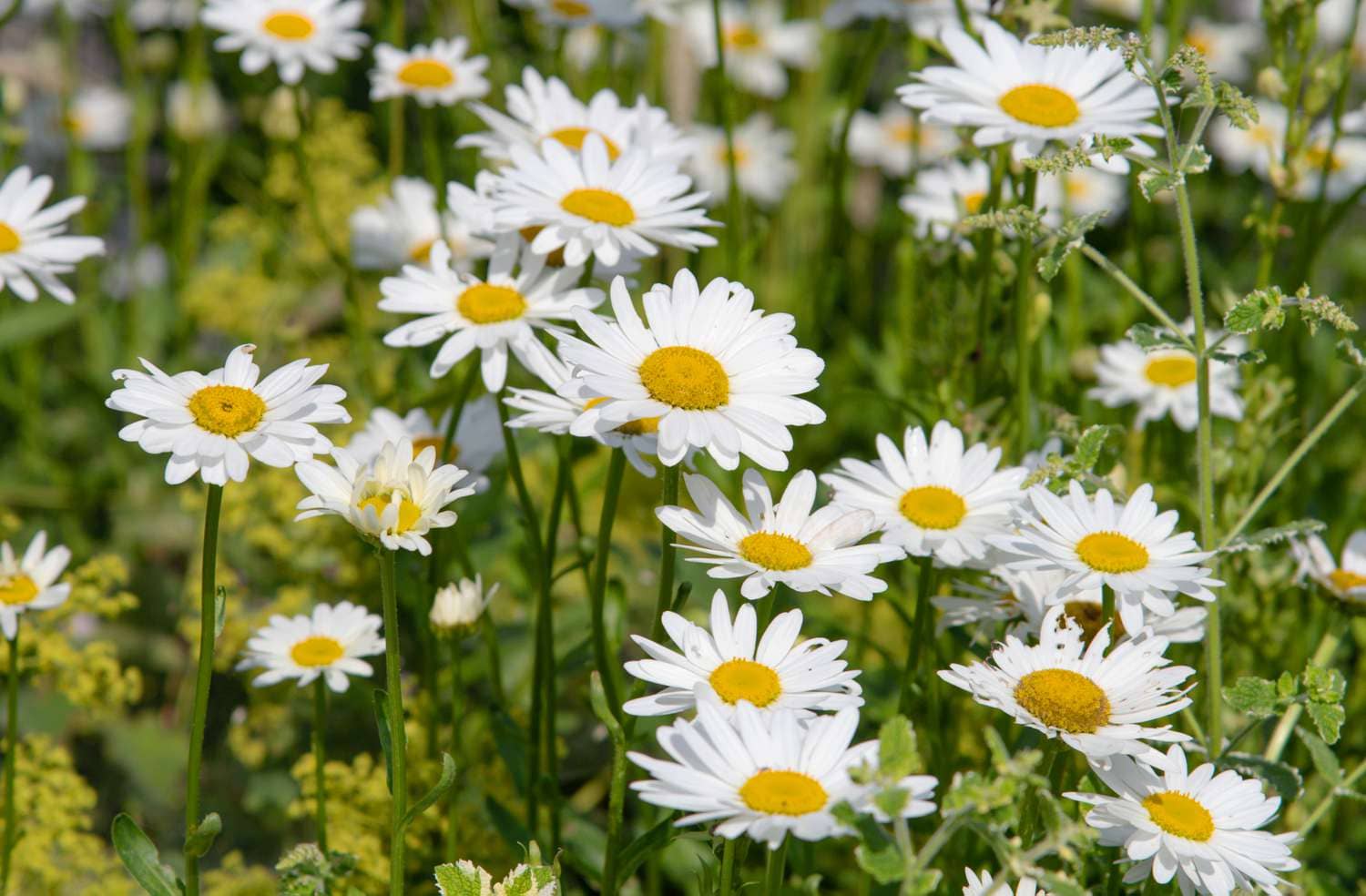
Specialty and Textural Elements
- Orchids
These tropical flowers bring elegance to coastal region celebrations, suitable for honoring individuals who appreciated luxury or sophistication. Orchids represent refined love, beauty, and strength, while their ability to bloom in challenging conditions mirrors beliefs about love persisting despite death’s difficulties.

👉 Here’s How to Make Orchids Rebloom: Complete Care Guide & Tips
- Daffodils
Popular in northern regions, daffodils bring bright yellow color that echoes marigolds’ solar symbolism. Their association with springtime resurrection makes them appropriate for celebrating life’s continuity, particularly meaningful for honoring young people who died before achieving their potential.
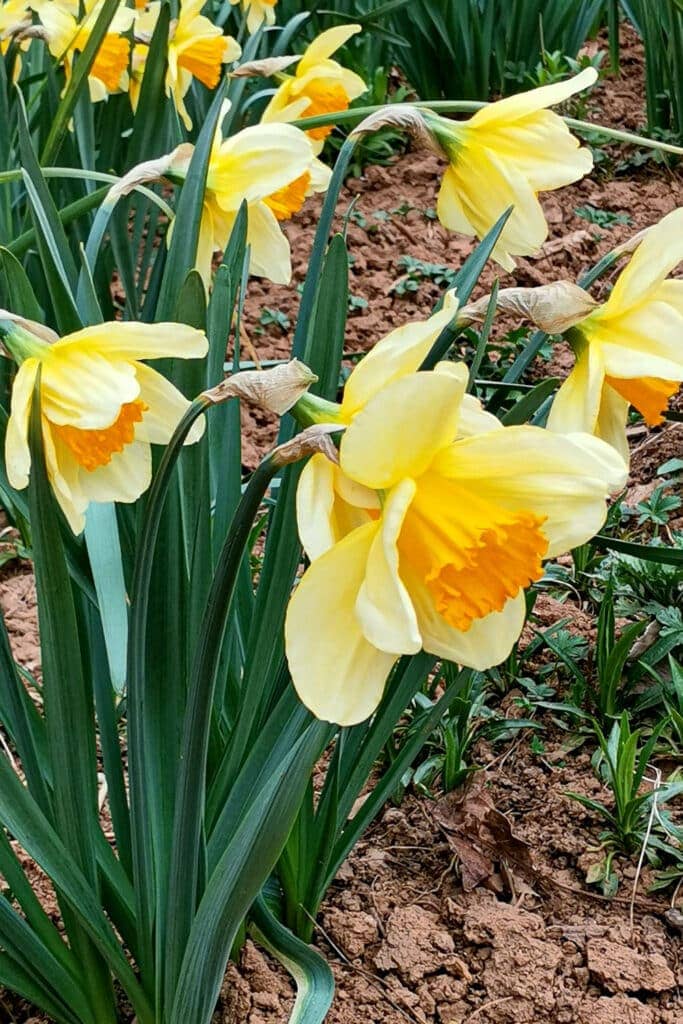
- Alstroemeria (Lily of the Incas)
Popular in South American celebrations, these flowers represent enduring friendship and devotion. Multiple blooms on each stem symbolize various relationship aspects shared with the deceased, while their impressive vase life ensures beauty throughout extended celebrations.
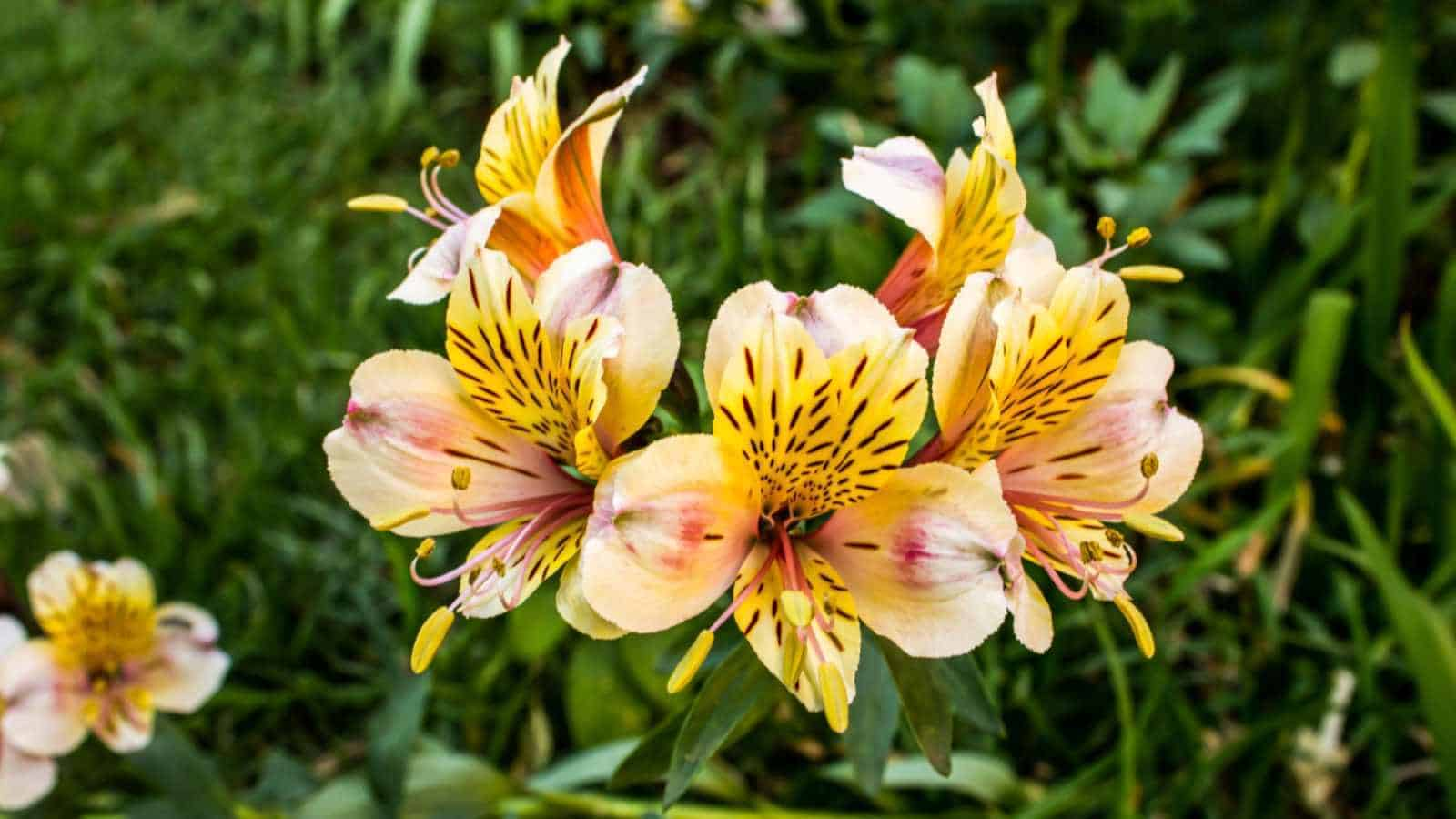
- Annual Gypsophila (Bride’s Cloud)
Different from common baby’s breath, this delicate flower appears in Colombian traditions as “nube de novia.” Its cloud-like appearance represents spiritual lightness and freedom from earthly burdens, creating ethereal effects in arrangements.
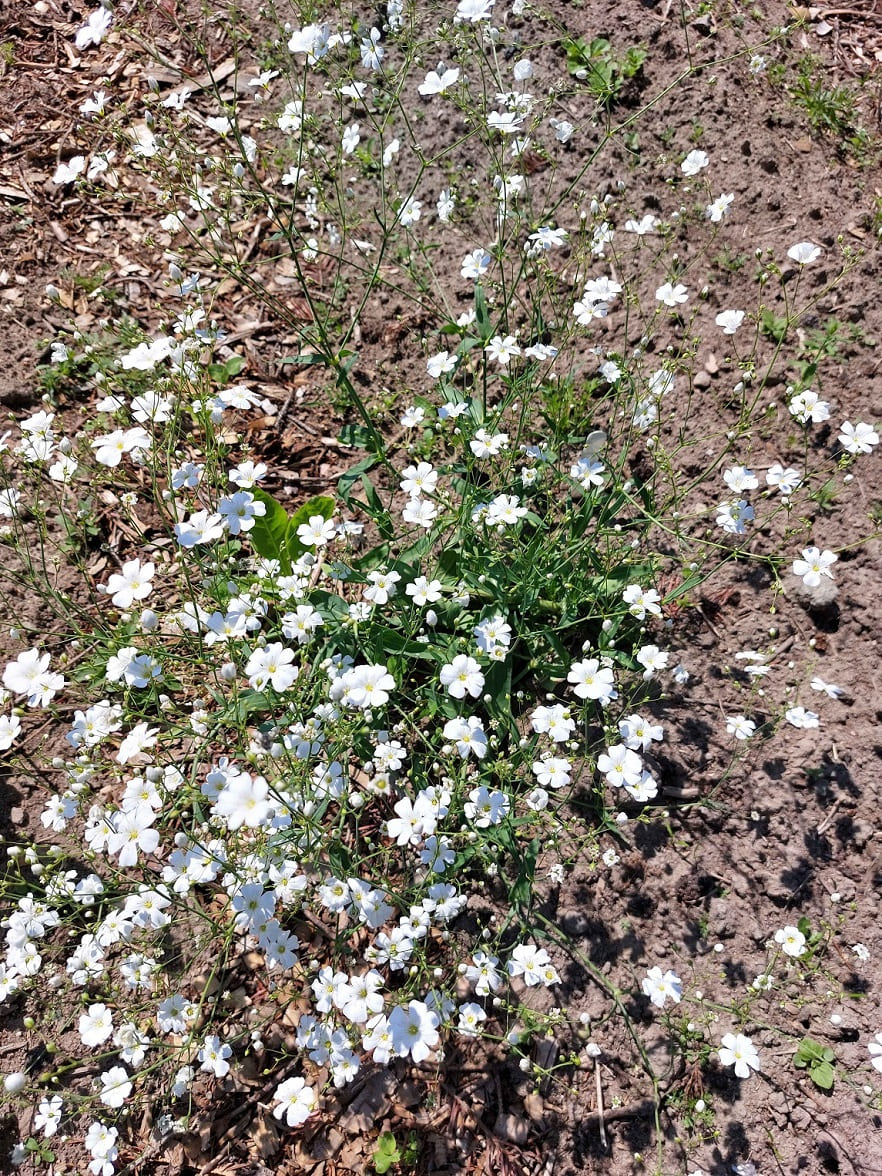
- Wallflowers (True Alhelí)
Distinct from hoary stock, these four-petaled flowers come in warm colors from yellow through orange to deep red. They represent faithful love and affection in adversity, resonating with families maintaining connections despite separation’s challenges.
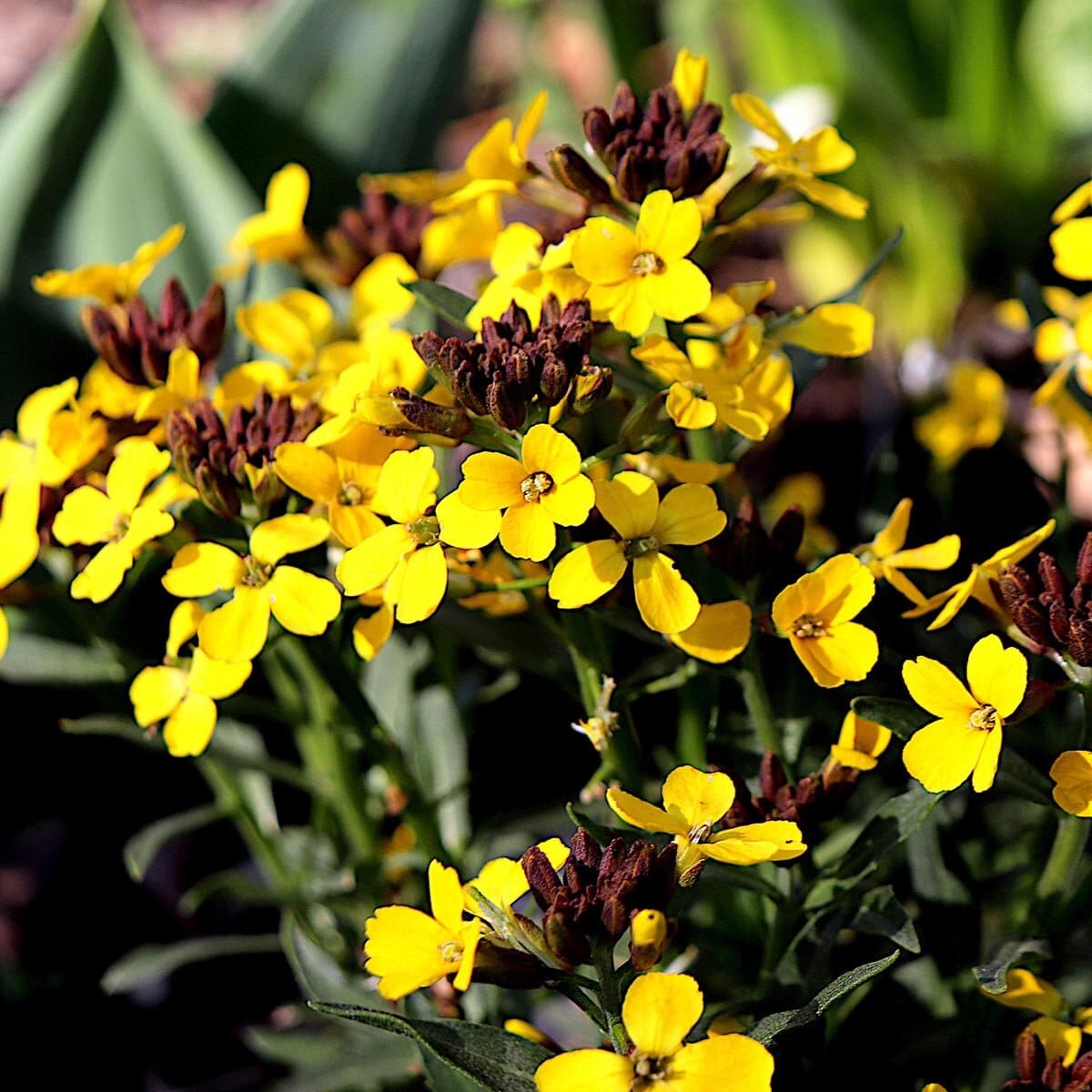
- Red Amaranth
These drooping, tassel-like flower clusters create dramatic cascading effects while symbolizing immortality. Amaranth’s name comes from Greek meaning “unfading,” making it symbolically perfect for celebrating persistent love. The deep red color connects to traditional concepts of life force and spiritual energy.
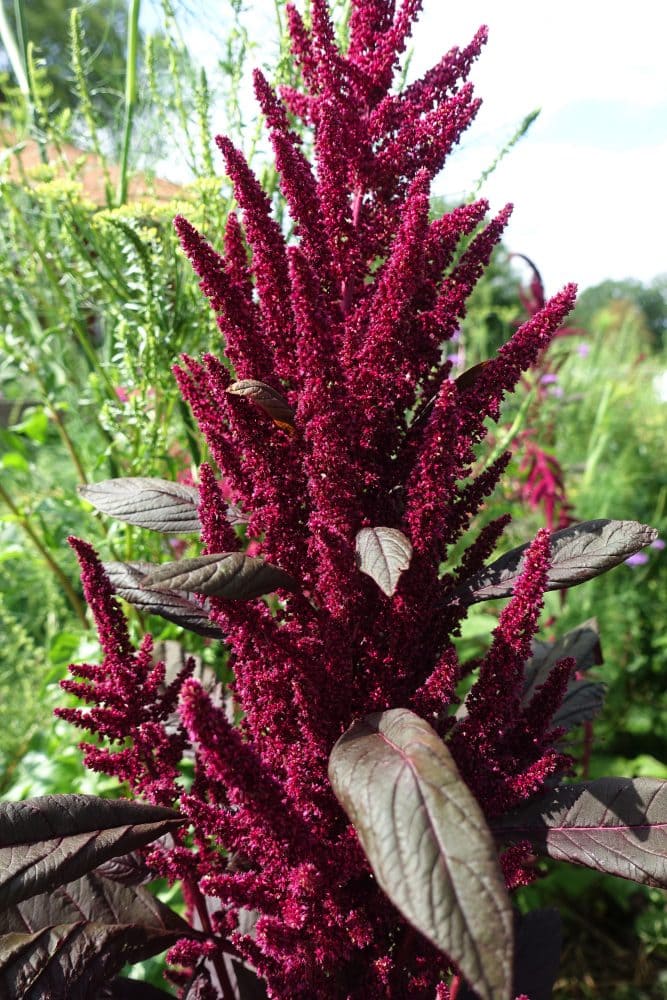
Creating Arrangements That Tell Your Family’s Story
Planning Your Floral Display
Before purchasing a single bloom, consider your altar’s overall story. Are you honoring multiple generations or focusing on one special person? Will your ofrenda be indoors or at a gravesite? Do you want traditional authenticity or personal adaptation? These decisions will guide your flower choices and arrangement style.
For a traditional Mexican approach, marigolds should dominate your display, with other flowers providing accents and contrast.
A typical family altar might use 200-300 marigold blooms, 50-75 supporting flowers like chrysanthemums, baby’s breath, or white roses, and smaller quantities of specialty blooms like cockscomb, lilies, or sunflowers for dramatic focal points.
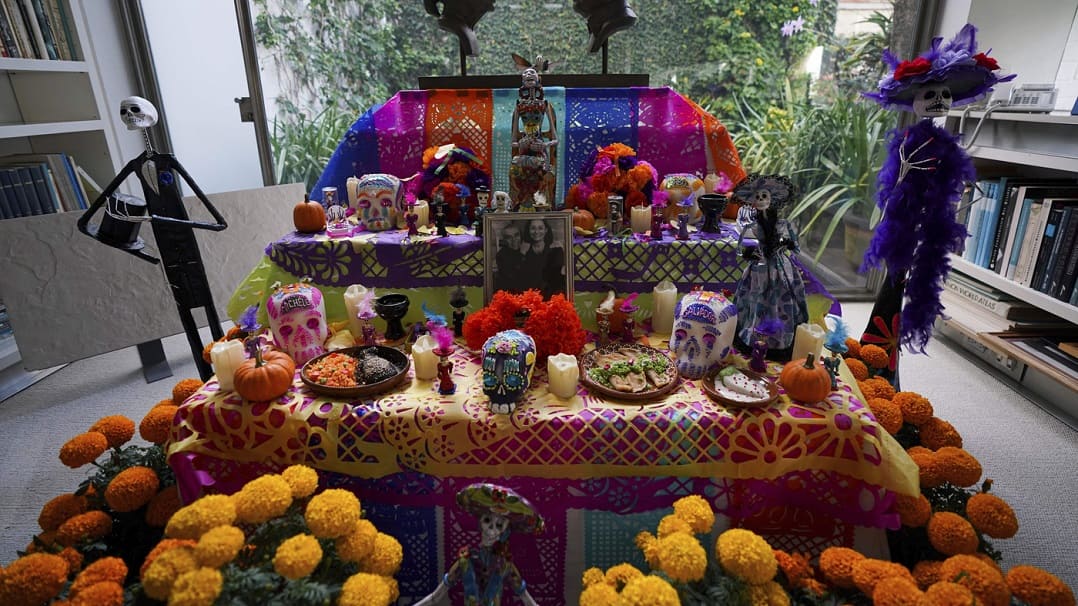
The expanded range of appropriate Day of the Dead flowers means families can customize their displays based on availability, budget, and personal connections.
Those honoring children might emphasize white flowers like daisies, lilies, and hoary stock, while altars for adults could feature bold sunflowers, elegant orchids, or cascading amaranth alongside traditional marigolds.
Budget-conscious families can create meaningful displays with fewer flowers by focusing on strategic placement. A single vase of marigolds flanked by two smaller arrangements of white flowers can be just as impactful as elaborate displays requiring hundreds of blooms.
Traditional Arrangement Techniques
The most iconic Day of the Dead flower tradition involves creating petal pathways from your home’s entrance to the altar. This requires separating marigold petals and scattering them in deliberate patterns.
Start with a dense concentration at your door, then create a flowing path that naturally draws the eye toward your ofrenda. Some families extend this concept by creating multiple pathways leading to different sections of their altar.
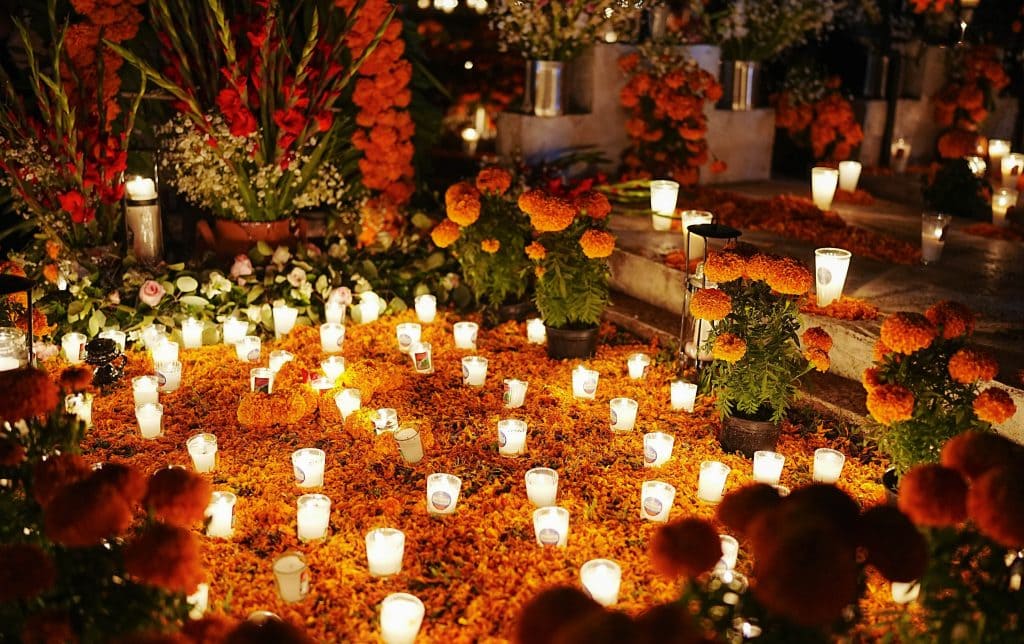
Garland-making represents another essential skill for authentic Day of the Dead celebrations. Traditional Mexican garlands alternate marigold blooms with their green foliage, creating natural-looking chains that can drape over altar edges, frame photographs, or outline doorways.
The technique involves threading strong string through flower stems, spacing blooms evenly for balanced visual weight.
Floral arches require more advanced skills but create stunning focal points for larger altars. Traditional construction uses carrizo reeds or wooden frames covered with flowers, but modern celebrants often adapt this concept using wire forms from craft stores. The key lies in creating dense flower coverage that disguises the underlying structure.
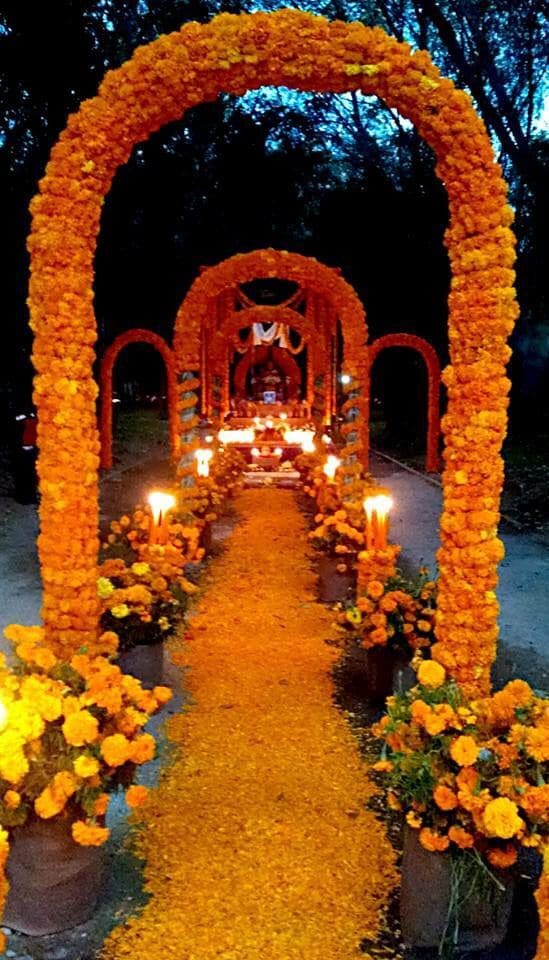
Modern Adaptations for Contemporary Homes
Not every family has space for elaborate traditional altars, but meaningful flower displays can adapt to any living situation. Apartment dwellers might create window displays using potted marigolds and small vases of cut flowers. Suburban families could designate a corner of their living room for a modest ofrenda featuring a few key flower varieties.
The rise of community Day of the Dead celebrations also creates opportunities for group flower projects. Neighbors might pool resources to purchase flowers in bulk, then work together creating individual family displays. This approach reduces costs while building community connections around shared traditions.
Growing Your Own Day of the Dead Garden
Planning for Autumn Blooms
Successful Day of the Dead flower gardens require spring planning and summer patience. Marigold seeds planted in late spring will reach peak bloom just as November arrives, but timing varies based on your climate zone.
Gardeners in warmer regions can direct-sow seeds in early summer, while those in cooler areas need to start seeds indoors during late winter.
The key to abundant marigold harvests lies in successive planting. Rather than sowing all seeds at once, plant new rows every two weeks from late spring through midsummer. This ensures continuous bloom production from early fall through the first hard frost.
Cockscomb and chrysanthemums require different timing strategies. Cockscomb grows quickly from seed and prefers warm weather, making late spring planting ideal. Chrysanthemums typically need to be purchased as established plants, since growing them from seed requires more specialized knowledge and timing.
For families wanting to expand beyond traditional choices, sunflowers planted in late spring will reach impressive heights by November, while annual flowers like zinnias and cosmos can provide abundant blooms for altar decoration. Daffodil bulbs planted in fall will provide spring blooms for northern regions celebrating Day of the Dead during different seasons.
Care and Maintenance for Peak Performance
Day of the Dead flowers thrive with minimal intervention, but a few key practices ensure maximum bloom production. Marigolds benefit from regular deadheading—removing spent flowers encourages continued bloom production. However, save some flowers for seed collection if you want to grow your own plants next year.
Watering requires balance with these flowers. Marigolds tolerate drought once established but produce more blooms with consistent moisture. Avoid overhead watering, which can damage delicate petals and promote fungal diseases. Deep, infrequent watering encourages strong root development and better drought tolerance.
When Traditional Flowers Aren’t Available
For families unable to find authentic Day of the Dead flowers, thoughtful alternatives can maintain the celebration’s spirit. Orange and yellow zinnias make excellent marigold substitutes, offering similar colors and abundant blooms.
Calendula, sometimes called pot marigold, provides authentic marigold fragrance even though it’s technically a different plant entirely.
For white flower needs beyond authentic options, white zinnias and cosmos provide cheerful alternatives. The key lies in choosing flowers that match the color intentions and symbolic meanings rather than specific species requirements.
Many families create meaningful displays using only grocery store flowers. The secret lies in creative combination and thoughtful presentation. Grocery store marigolds might be smaller than traditional varieties, but using larger quantities can create equally impressive displays.
Consider mixing fresh flowers with some artificial elements for longevity, especially if your celebration extends beyond the traditional two days. High-quality silk flowers can provide structure and bulk while fresh blooms add authentic fragrance and energy.
Preserving and Extending Your Floral Displays
Keeping Flowers Fresh Throughout the Celebration
Day of the Dead flowers need to remain beautiful for at least two days, and many families prefer extending their displays through the entire first week of November. Fresh-cut flowers benefit from proper conditioning before arrangement. Cut stems at an angle under running water, then immediately place them in clean water with flower food.
Marigold longevity improves significantly with proper care. Remove lower leaves that would sit below water level, change water every other day, and trim stems slightly each time you refresh the water. These simple steps can extend marigold life from three days to over a week.
Temperature control also affects flower longevity. If possible, position your altar away from heat sources like radiators or sunny windows. Cool nighttime temperatures actually benefit most Day of the Dead flowers, so consider moving portable arrangements to cooler locations overnight.
Creating Lasting Memories Beyond Fresh Flowers
Some families preserve portions of their Day of the Dead flowers for year-round remembrance. Marigold petals dry beautifully and retain much of their color when air-dried in dark, well-ventilated spaces. These dried petals can be stored in decorative containers and used for next year’s petal pathways or incorporated into memory boxes.
Pressing flowers creates another preservation option. Individual marigold petals, baby’s breath sprigs, and small cockscomb flowers press well and can be incorporated into memorial scrapbooks or framed displays. This practice helps families maintain connections with their Day of the Dead celebrations throughout the year.
Safety Considerations and Family-Friendly Practices
While Day of the Dead celebrates family connections across generations, flower safety requires attention when young children participate.
Most traditional Day of the Dead flowers are non-toxic, but marigolds can cause skin irritation in sensitive individuals. Encourage children to wash hands after handling flowers and supervise very young children around arrangements.
Cockscomb flowers, while safe for most people, contain compounds that can cause stomach upset if consumed in large quantities. Since Day of the Dead celebrations often involve eating, clearly separate decorative flowers from food offerings on your altar.
Some families choose to create separate, child-friendly sections of their altars where young family members can safely interact with flowers and help with arrangements. This approach maintains safety while ensuring children can meaningfully participate in family traditions.
👉 Here’s How to Create a Fun and Educational Vegetable Garden for Kids
The Modern Evolution of an Ancient Practice
How Social Media Has Changed Day of the Dead Flowers
Instagram and Pinterest have dramatically influenced modern Day of the Dead flower displays. Families now create increasingly elaborate arrangements designed for photography, leading to new hybrid traditions that blend authentic Mexican practices with contemporary aesthetic sensibilities.
This digital influence isn’t entirely negative. Social media has also helped spread authentic Day of the Dead knowledge to broader audiences, connecting Mexican-American families with traditional practices their grandparents might not have fully transmitted.
Online communities share growing tips, arrangement techniques, and regional variations that might otherwise be lost.
Climate Change and Flower Availability
Traditional Day of the Dead flower growing regions face new challenges from changing weather patterns. Earlier frosts, unusual drought, and shifting growing seasons affect flower availability and pricing. Some Mexican flower farms have adapted by developing greenhouse production or exploring new varieties better suited to changing conditions.
These challenges create opportunities for innovation while maintaining cultural authenticity. New marigold varieties offer improved heat tolerance or extended bloom periods. Alternative growing techniques help ensure flower availability regardless of weather fluctuations.
👉 Learn more about Year-Round Cut Flower Farming: Season Extension Guide for Growers
Creating Your Personal Day of the Dead Tradition
Starting Small and Growing Your Practice
Newcomers to Day of the Dead flower traditions shouldn’t feel overwhelmed by elaborate displays they see online or in cultural centers. The most meaningful celebrations often start small and grow organically as families learn what works for their specific situation and resources.
A simple beginning might involve a single vase of orange flowers placed next to a photograph of a loved one. Add a candle, perhaps a small offering of the person’s favorite food, and you’ve created a meaningful ofrenda that honors both the tradition and your personal grief journey.
Year by year, families often find themselves expanding their flower displays as they discover new techniques, connect with other celebrants, or simply feel more confident in their practice. This natural evolution reflects the living nature of Day of the Dead traditions—they’re meant to grow and adapt to each family’s needs.
Integrating Personal Touches While Respecting Tradition
The most powerful Day of the Dead flower displays often combine traditional elements with personal touches that reflect specific relationships or memories.
Perhaps your grandmother loved roses despite their non-traditional status, or your father always associated with sunflowers from his farming days. Including these personal elements doesn’t diminish the tradition—it enriches it.
The key lies in maintaining the underlying spirit of connection and celebration while adapting specific practices to your family’s story. Traditional Mexican families often incorporate regional flowers or local customs, proving that authenticity comes from intention rather than rigid adherence to specific flower lists.
Quick Reference for Flower Selection
- Essential Traditional Core: Marigolds, chrysanthemums, cockscomb
- Primary Supporting: Baby’s breath, gladiolas, carnations, hoary stock
- Regional Golden Options: Sunflowers, daffodils
- White and Light Varieties: White roses, white lilies, daisies, annual gypsophila
- Dramatic Statement Flowers: Orchids, calla lilies
- Textural and Specialty: Alstroemeria, wallflowers, red amaranth
This diverse palette allows families to create deeply personal arrangements that honor both tradition and individual relationships, ensuring every ofrenda tells its own unique story of love and remembrance.
Frequently Asked Questions About Day of the Dead Flowers
- How many flowers do I need for a basic altar?
A modest family altar typically uses 50-100 marigold blooms as the foundation, 20-30 supporting flowers like chrysanthemums, roses, or lilies, and smaller quantities of accent flowers such as baby’s breath, daisies, or specialty blooms like orchids or amaranth.
However, meaningful displays can be created with much fewer flowers if arranged thoughtfully. The key lies in choosing flowers that resonate with your family’s story rather than achieving specific quantities.
- Can I mix Day of the Dead flowers with Halloween decorations?
While both celebrations occur around the same time, they serve different purposes. Day of the Dead focuses on love and remembrance rather than fear or supernatural thrills. Mixing traditions can confuse the spiritual intentions, though some families successfully blend elements if both celebrations hold meaning for them.
- What should I do with flowers after November 2nd?
Traditional practice involves composting altar flowers or leaving them at gravesites to naturally decompose. Some families preserve portions for remembrance, while others use them to start flower gardens for next year’s celebration.
- Are there flowers I should avoid?
No flowers are explicitly forbidden, but avoid anything with negative associations in your family or culture. Focus on blooms that bring joy and positive memories rather than those connected with sadness or difficult times.
- Can I celebrate Day of the Dead if I’m not Mexican?
Many people find meaning in Day of the Dead practices for honoring their own loved ones. The key lies in approaching the tradition with respect and understanding rather than treating it as exotic decoration. Focus on the genuine intention to honor those who have passed rather than appropriating specific cultural elements.
- Do artificial flowers work for Day of the Dead altars?
While fresh flowers provide traditional fragrance believed to attract spirits, artificial flowers can work when fresh options aren’t available. Many families combine both, using artificial flowers for structure and fresh blooms for fragrance and authenticity.
The tradition of Day of the Dead flowers teaches us that death doesn’t end love—it transforms it into something that can bridge any distance.
Through the simple act of arranging marigolds, placing white chrysanthemums, or scattering petals in welcoming pathways, we participate in an ancient conversation between past and present. These flowers become our messengers of love, carrying remembrance across whatever boundaries separate us from those we hold dear.
Whether you’re honoring grandparents who taught you their native language, friends who shared life’s adventures, beloved pets who filled your days with joy, or anyone who touched your life, let flowers speak what words cannot express.
In their vibrant colors and gentle fragrance, we find proof that love transcends every ending, blooming eternal in memory’s garden.
